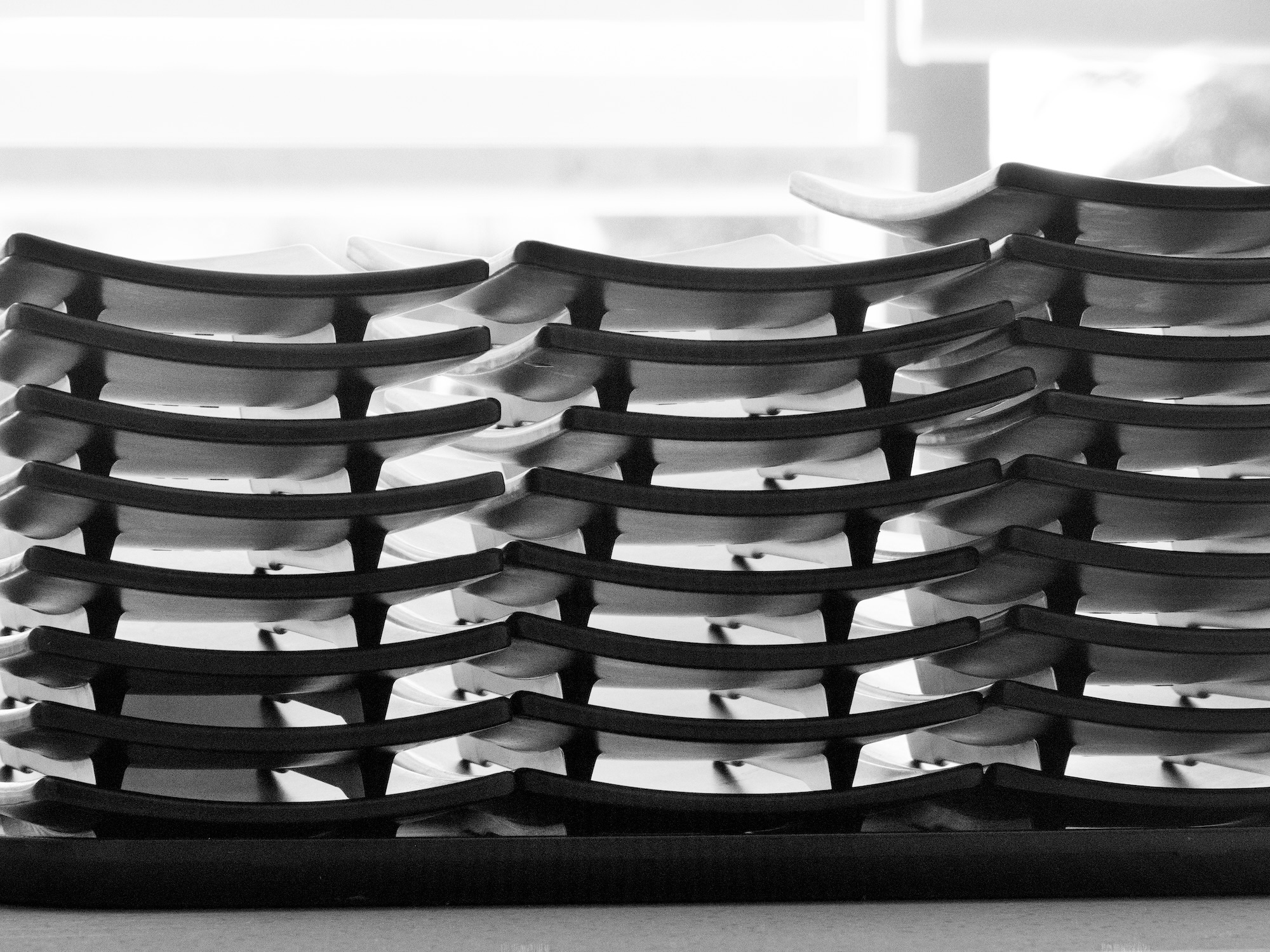Why did my breeding values go down?
At first, the question may sound strange. You have been collecting data, running analyses using various acronyms (PBLUP, GBLUP, HBLUP, …), in a univariate/multivariate fashion, using ad-hoc or commercial software (asreml-R, Bolt, …), generating a long list of numbers sorted from highest to lowest.
The list was uploaded to a website (or a printed catalogue) but YOU are now in a meeting talking with industry producers and someone is reading the list, looking for the genotypes (families, clones, varieties) they used before. Unsurprising to you, but annoying to them the breeding values of their favourite genotypes are lower than in a previous year.
—Why did the breeding values of my genotype are down?
—Well… we have more data and new genotypes in the breeding programme.
—So my genotypes are worse than before now?
—No, they are as good as before.
—But the values are lower —pointing at the list.
—Compared to the average…
And things don’t get much better from that point onwards
💡 Lightbulb moment
You ask some people from the audience to come to the front, and ask order them from tallest to shorter until everyone is happy with their position. Then point out where the average would be; some people will have positive deviations, other negative deviations from that average.
Now get two people, hopefully much taller than the ones already standing in front on the audience. Ask them to join the “ranking”. Point out that 1) there is a new average, 2) that the individual deviations changed from the previous height ranking, 3) that some positive deviations are now negative.
By now, most people have seen the change of ranking happening right there. They have seen that the intrinsic value of people’s height did not change. Instead, there are a few taller people in the group, changing the average. This should happen in a breeding programme when it is working well.
—And this is why your favourite genotype’s breeding values are lower this year.
